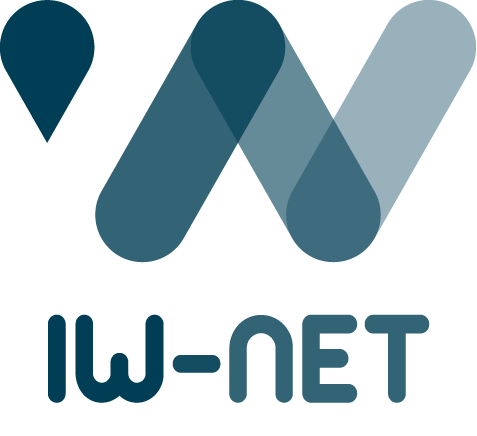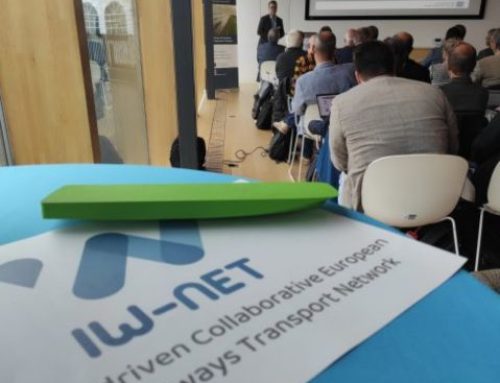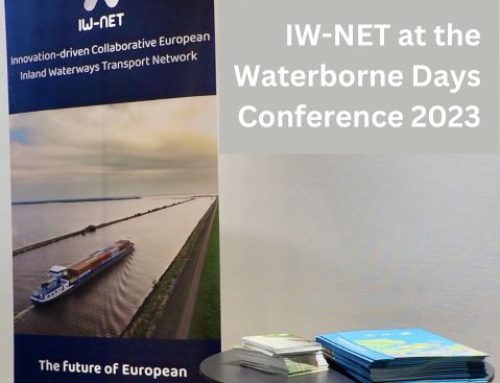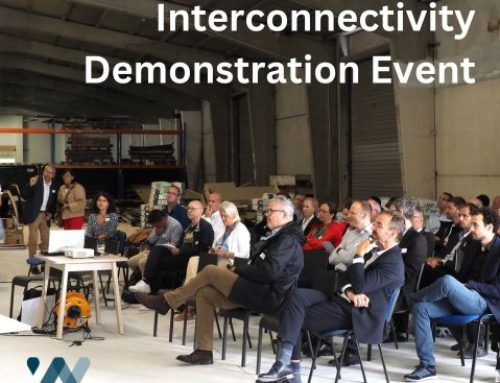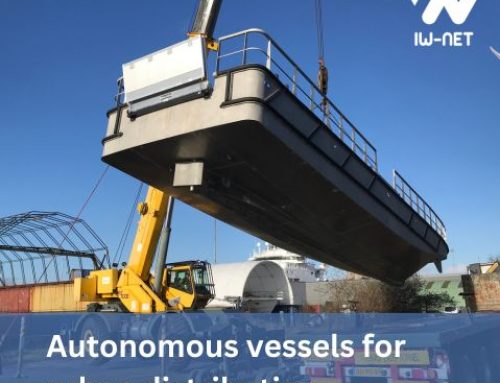In the rapidly evolving world of logistics, embracing digital technologies has become paramount for achieving efficiency and streamlining operations. Among these transformative technologies, digital twin models have emerged as a powerful tool for revolutionizing port and inland waterway transport. To delve into the exciting possibilities offered by digital twin applications, the IW-NET project participated in a recent webinar organized by ALICE (Alliance for Logistics Innovation through Collaboration in Europe) on 19th April.
The webinar, titled “Digital Twin applications in port and inland waterway transport domains,” aimed to foster a community focused on promoting and exchanging experiences regarding digital twins in logistics. The ultimate goal was to encourage a proactive culture of logistics process management, showcase model projects, and promote collaboration and adoption of the Physical Internet through virtual models and digital twins.
During this captivating event, the IW-NET project members from the Institute of Shipping Economics and Logistics (ISL) and ITAINNOVA, the Technological Institute of Aragon, presented their ground-breaking results under two riveting topics.
The first presentation, explored the exciting world of “Exploring bottlenecks on inland waterways to improve traffic flow using simulation” by the experts from ISL. Oliver Klein, Head of Software Solutions at ISL, and Axel Wunsch, Software Developer at ISL, demonstrated how simulation techniques can uncover potential bottlenecks in inland waterway systems. By leveraging digital twin models, they showcased how traffic flow can be enhanced, ultimately leading to smoother and more efficient transportation along waterways.
The second presentation, delved into “Dynamic simulation and revenue management in project IW-NET” by the team from ITAINNOVA. Led by Jose Luis Lopez, Digital Twin Specialist at ITAINNOVA, the discussion revolved around the dynamic simulation of port operations and the implementation of revenue management strategies. By utilizing digital twin models, the IW-NET project has made significant strides in optimizing revenue generation while ensuring efficient and sustainable port activities.
Throughout the event, participants gained a comprehensive understanding of the benefits and disadvantages associated with digital twin models in the context of port and inland waterway transport. The speakers, including the IW-NET project members, explored potential barriers and challenges that organizations may encounter when adopting digital twin technologies. By addressing these concerns, the aim was to facilitate the seamless integration of digital twin models into logistics processes, thereby unlocking their full potential.
The IW-NET project’s participation in the ALICE-organized webinar showcased the remarkable progress made in harnessing the power of digital twin models in port and inland waterway transport. Through engaging presentations and insightful discussions, the audience gained valuable insights into the practical applications, benefits, and challenges associated with digital twins. As the logistics industry continues its digital transformation journey, the IW-NET project remains at the forefront, driving innovation and paving the way for a more efficient and interconnected future.
